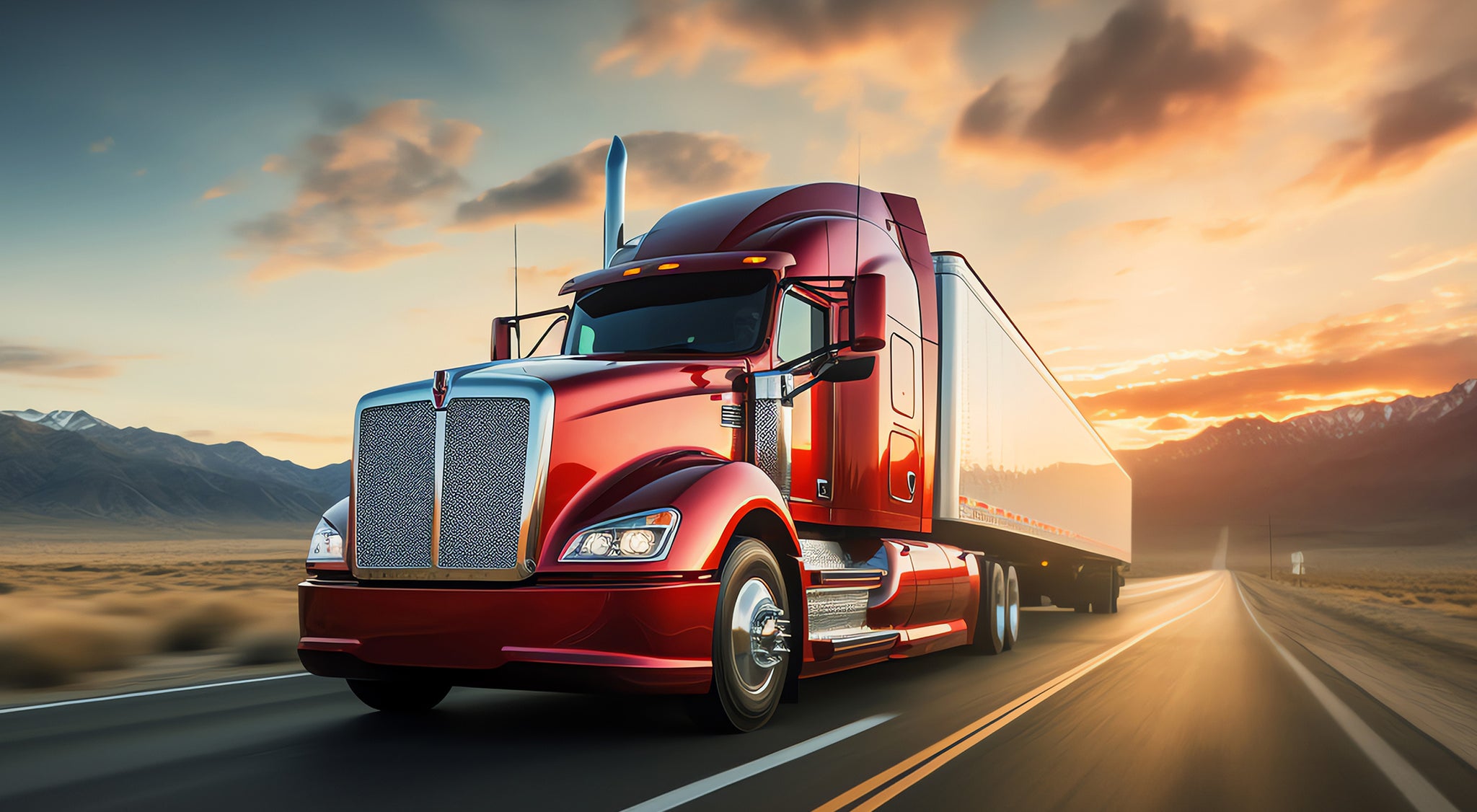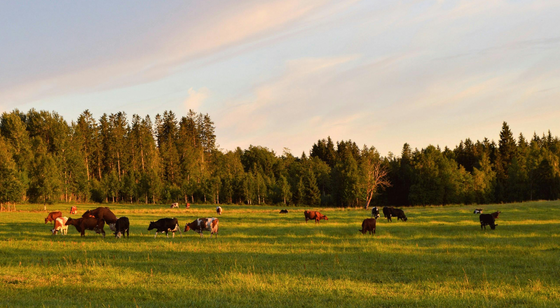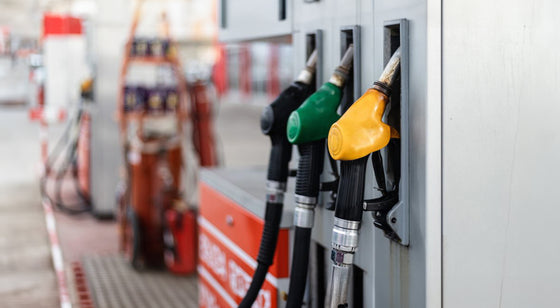
As the world grapples with the ever-growing need for cleaner and more sustainable transportation solutions, Compressed Natural Gas (CNG), Renewable Natural Gas (RNG), and dual-fuel technologies are emerging as intriguing contenders. However, navigating this landscape can be confusing due to a prevalence of misconceptions surrounding these innovations. In this article we will aim to dispel these myths, providing a comprehensive overview of CNG, RNG, and dual-fuel technologies, their true potential, and the path towards a greener future for transportation.
1. Compressed Natural Gas (CNG): A Familiar Fuel with Renewed Potential
CNG, a fossil fuel consisting primarily of methane stored in a compressed state, has long been used in specific applications like fleet vehicles and public transportation. However, advancements in technology and infrastructure are rekindling interest in its broader adoption.
Myth #1: CNG is as harmful to the environment as diesel.
Fact: Although CNG is a fossil fuel, it offers significant environmental advantages over diesel. CNG vehicles generally emit fewer greenhouse gases (GHGs) and pollutants like particulate matter and nitrogen oxides (NOx) compared to their diesel counterparts.
Myth #2: CNG infrastructure is limited and inconvenient.
Fact: While the CNG refueling infrastructure is not as extensive as diesel stations, it is steadily growing, particularly in specific regions and for certain fleet applications. Additionally, various initiatives are underway to expand this infrastructure, making CNG a more viable option in the future.
2. Renewable Natural Gas (RNG): A Sustainable Alternative
RNG, derived from organic matter like landfill waste, agricultural waste, and wastewater treatment plants, offers a compelling proposition: a renewable fuel source with similar properties to CNG.
Myth #3: RNG is not readily available and its production is limited.
Fact: While the availability of RNG is currently lower than CNG, its production is rapidly growing. Technological advancements are making RNG production more efficient and cost-effective, paving the way for its wider adoption in the future.
Myth #4: Using RNG still contributes to emissions due to the production process.
Fact: While the production process of RNG might involve some emissions, it is generally significantly lower compared to conventional natural gas extraction and transportation. Additionally, ongoing research aims to further reduce these emissions, making RNG an even more sustainable solution.
3. Dual-Fuel Technology: Bridging the Gap

Dual-fuel technology allows vehicles to operate on both CNG or RNG and diesel, offering a flexible and adaptable solution. This technology can be particularly beneficial for applications where continuous access to CNG or RNG infrastructure might be limited.
Myth #5: Dual-fuel vehicles compromise on performance and efficiency.
Fact: Modern dual-fuel vehicles are engineered to deliver comparable performance and efficiency to their diesel-only counterparts when operating on either fuel source. Additionally, the ability to switch between fuels offers the flexibility to take advantage of the economic and environmental benefits of CNG or RNG when available.
Myth #6: Dual-fuel technology is complex and expensive for vehicle maintenance.
Fact: While dual-fuel vehicles require additional components compared to diesel-only vehicles, the overall maintenance needs are generally similar. The additional components are specifically designed for handling both fuels and do not typically require frequent or complex maintenance procedures.
It is vital to acknowledge that CNG, RNG, and dual-fuel technologies each have their own advantages and limitations. The optimal solution might vary depending on factors like infrastructure availability, application requirements, and environmental considerations.
Despite the promising potential of these technologies, challenges remain. These include:
Overcoming these challenges requires a collaborative approach involving governments, industry leaders, research institutions, and consumers. By fostering partnerships, investing in research and development, and implementing effective policies, we can accelerate the transition towards a sustainable transportation future.
The journey towards a cleaner and more sustainable transportation system necessitates a collective effort. By dispelling myths, embracing innovation, and working collaboratively to address existing challenges, we can pave the way for the broader adoption of CNG, RNG, and dual-fuel technologies. These solutions hold the potential to significantly reduce emissions, improve air quality, and contribute to a more sustainable future for generations to come.


